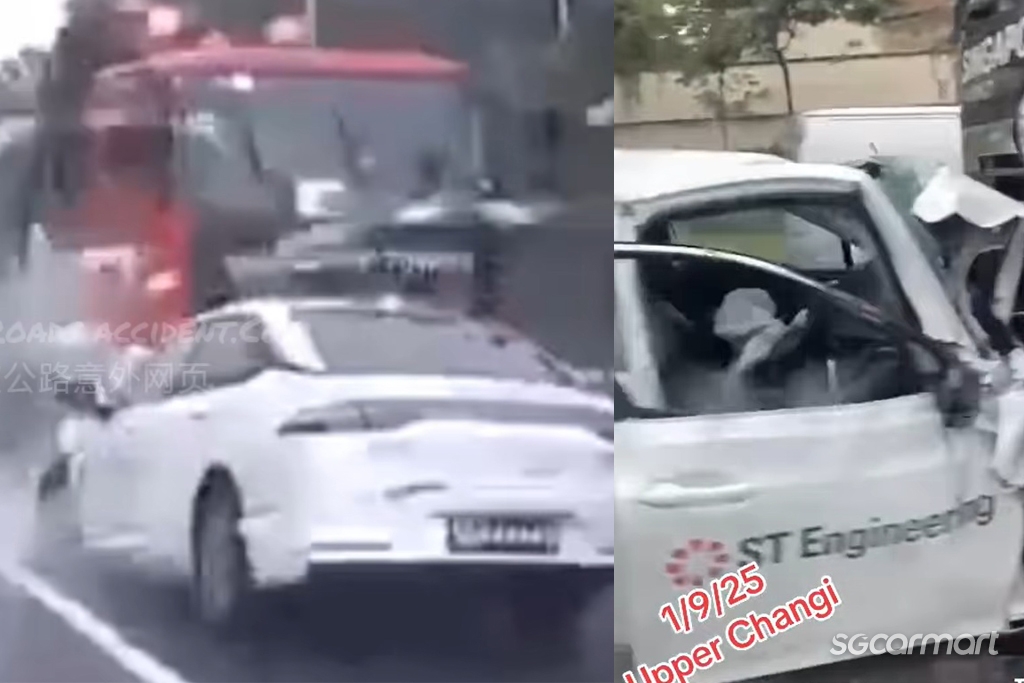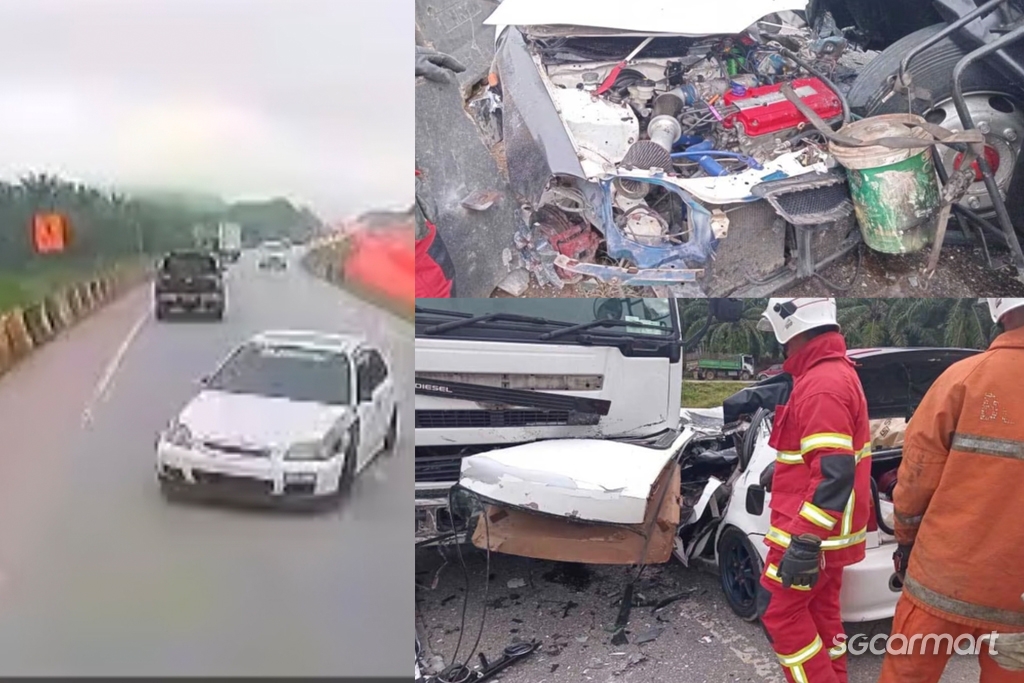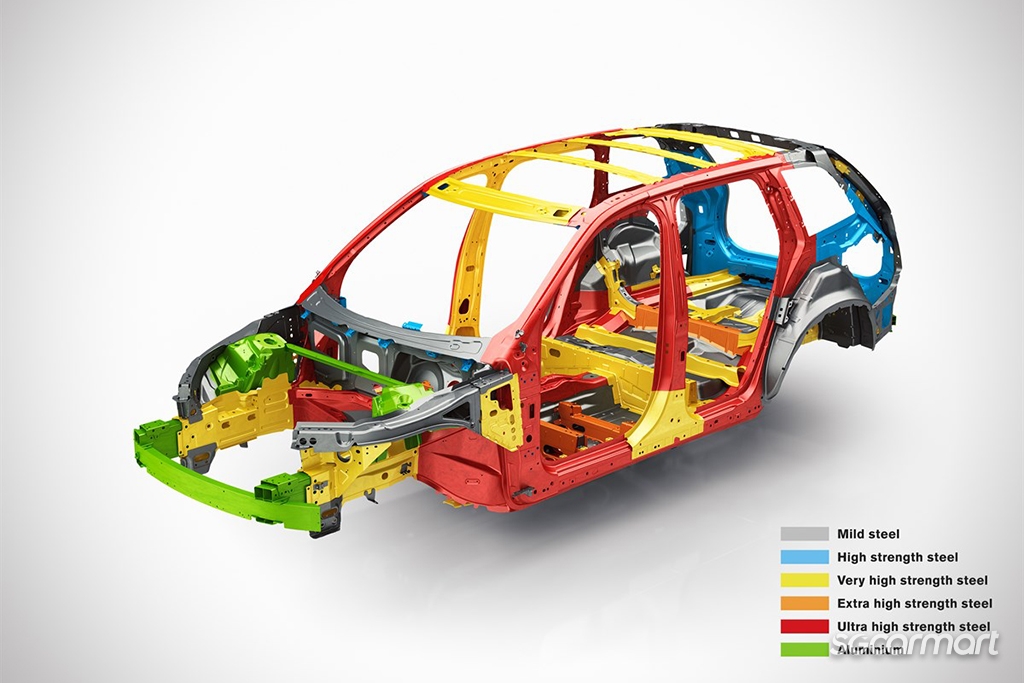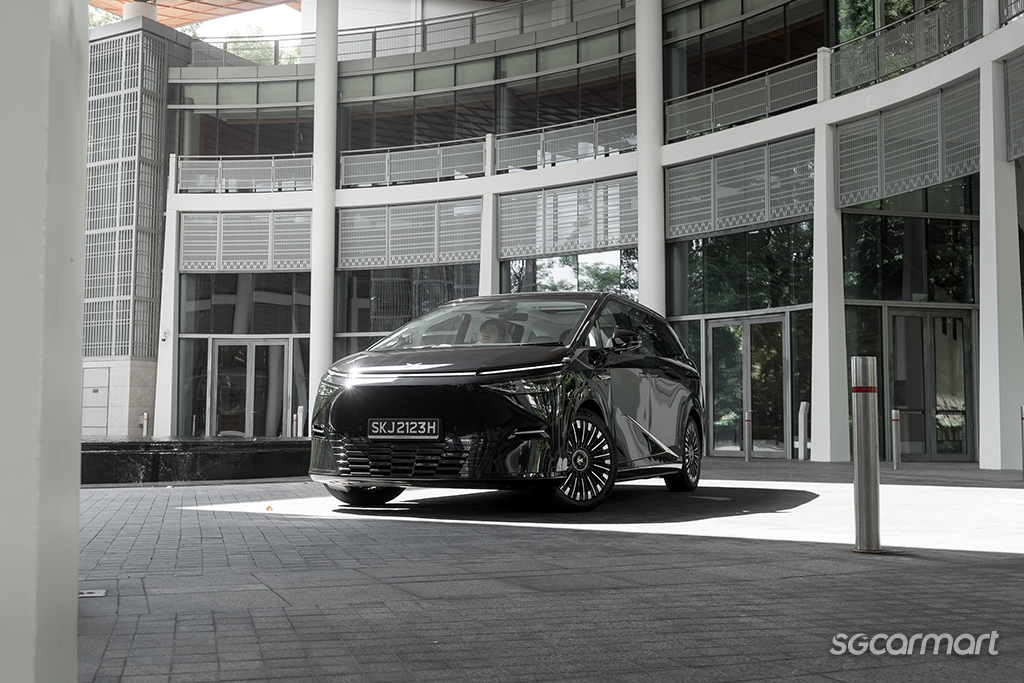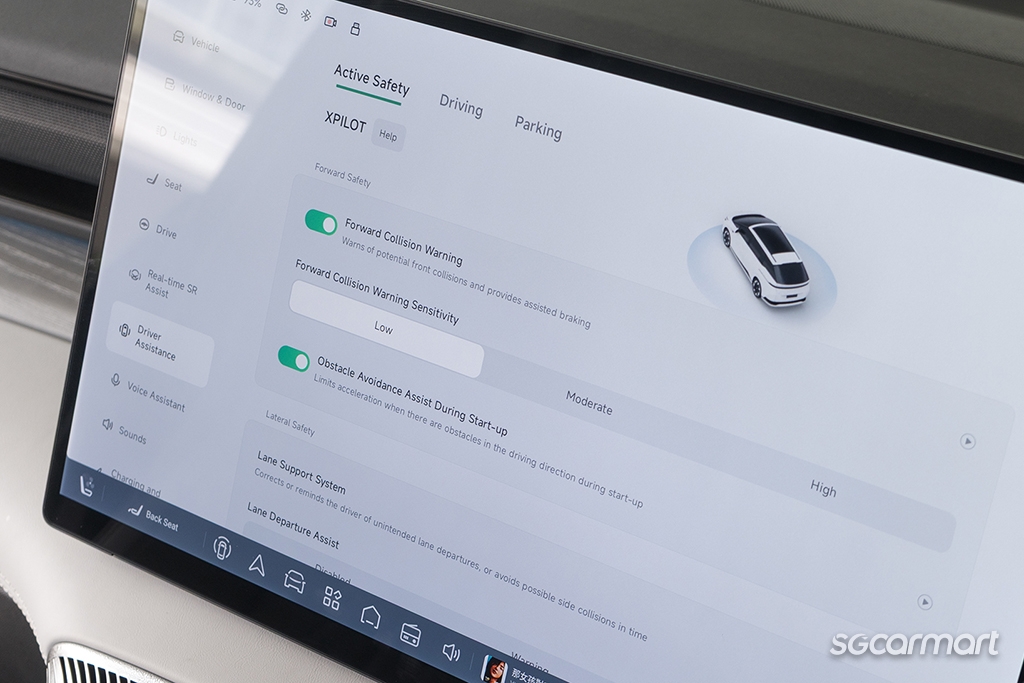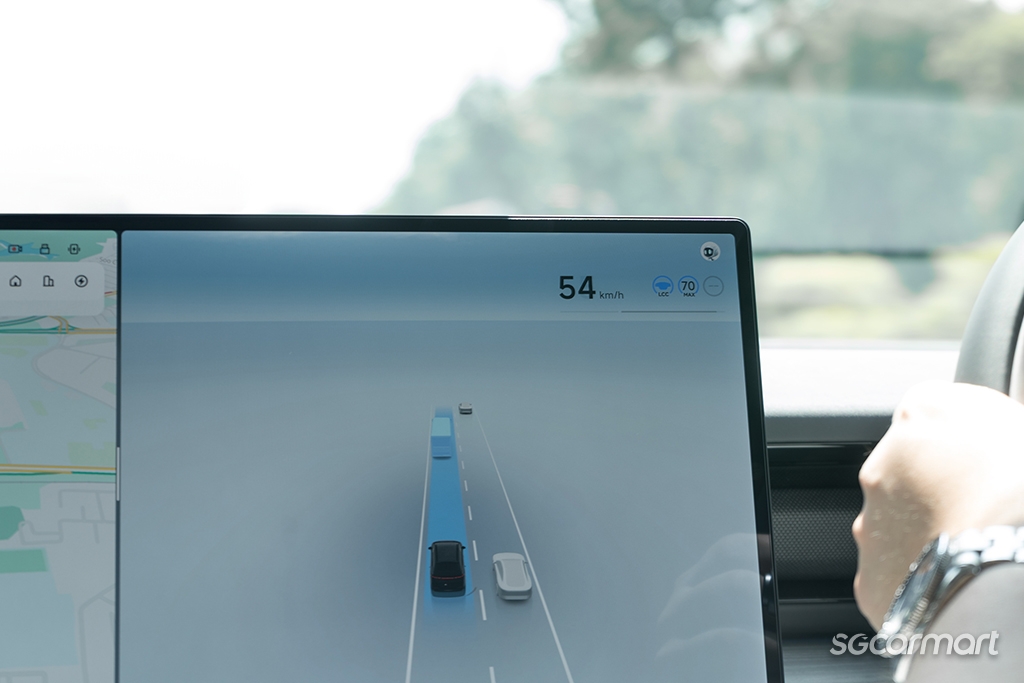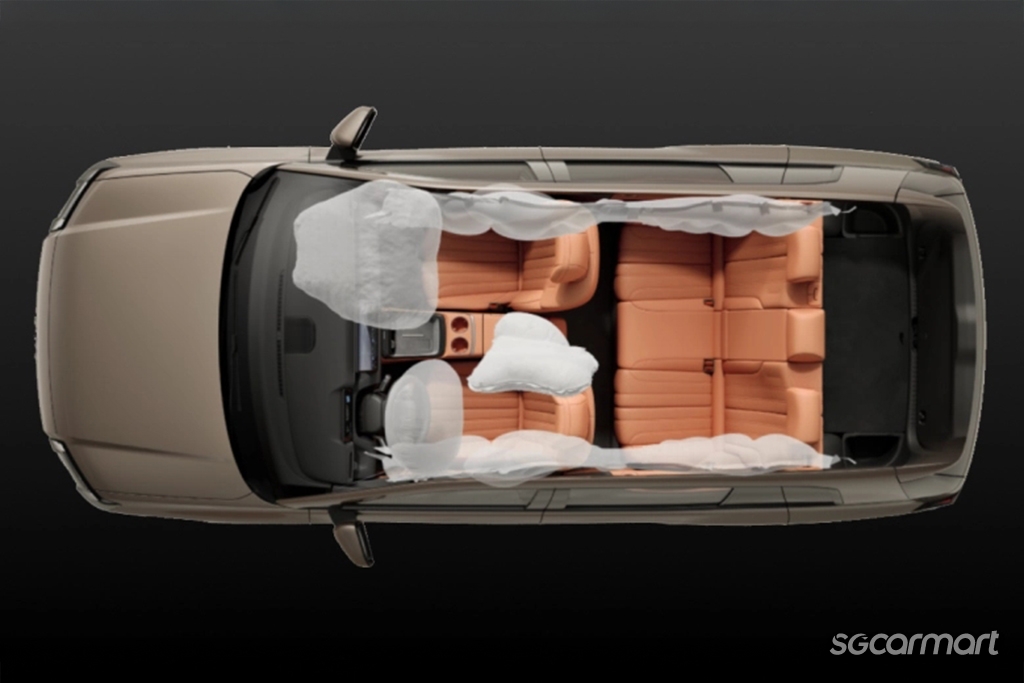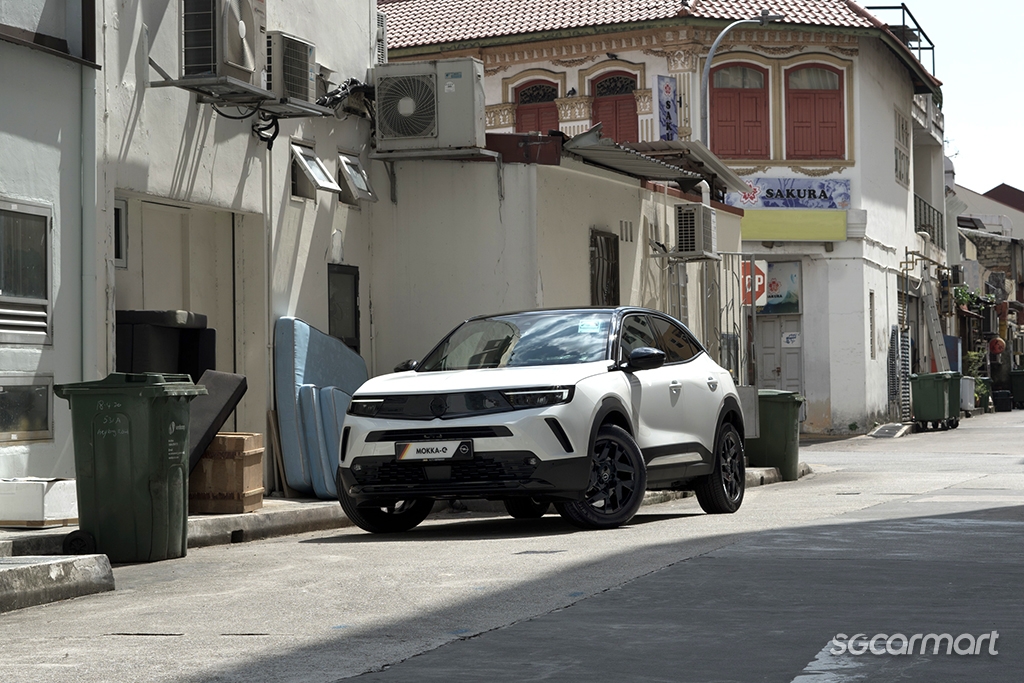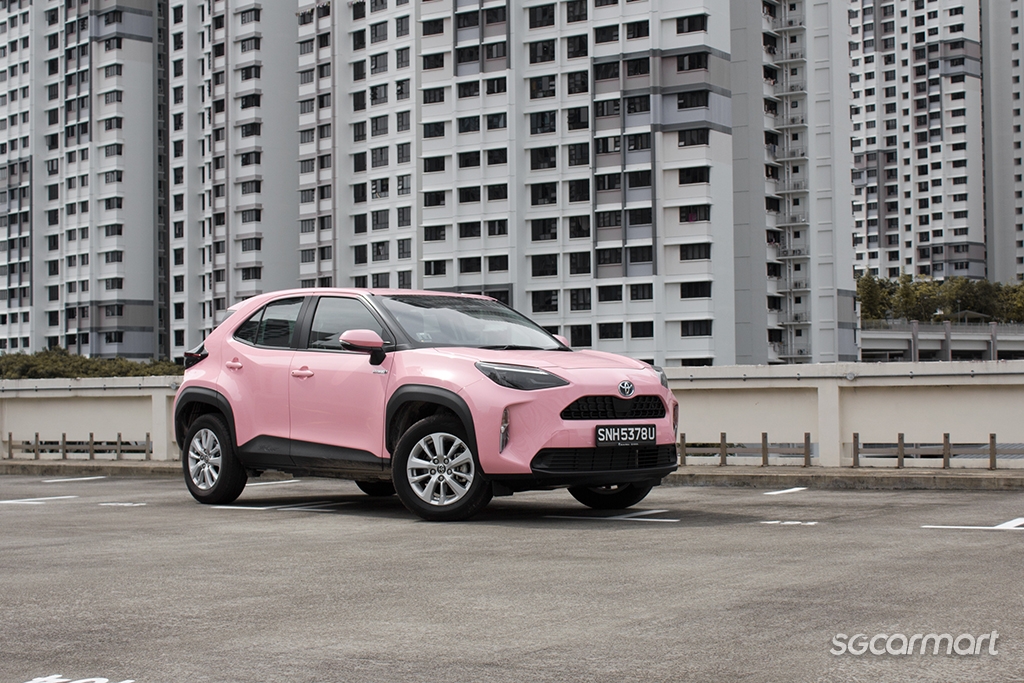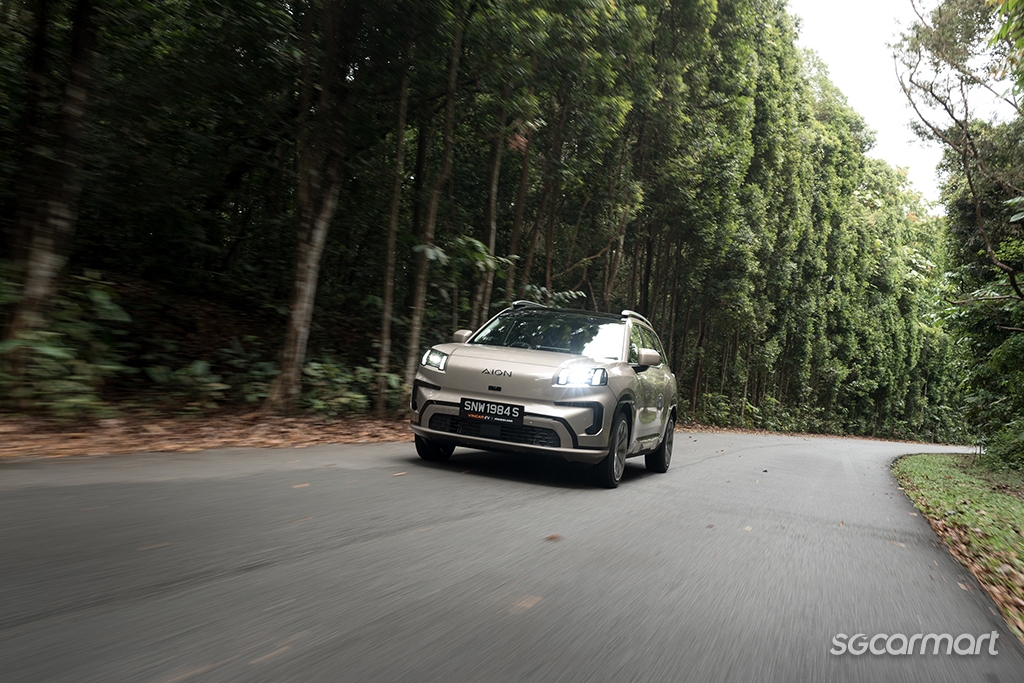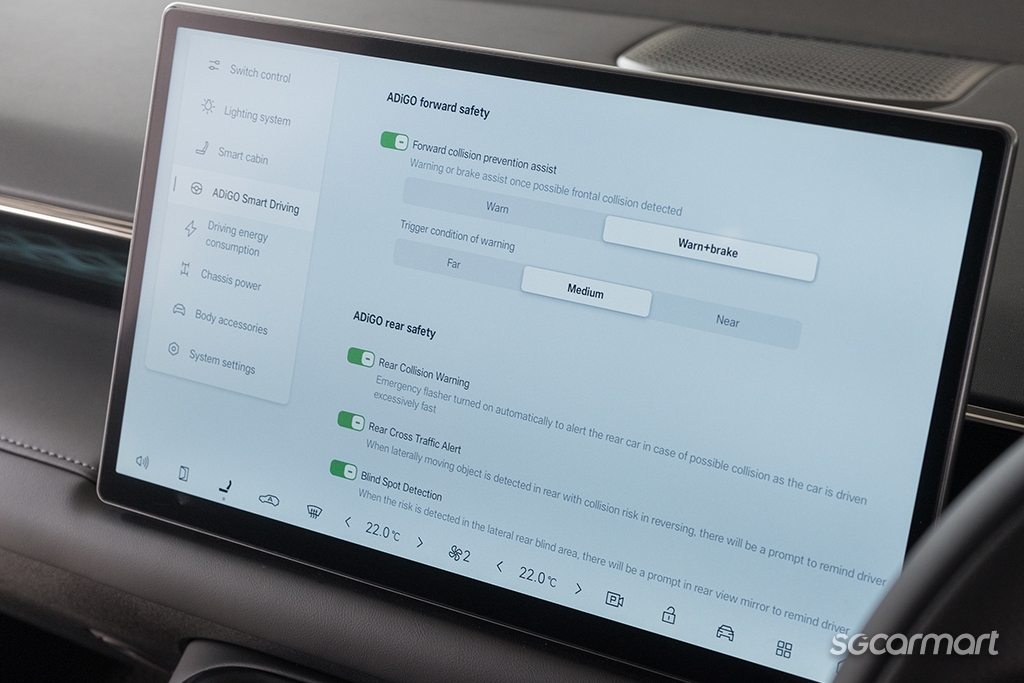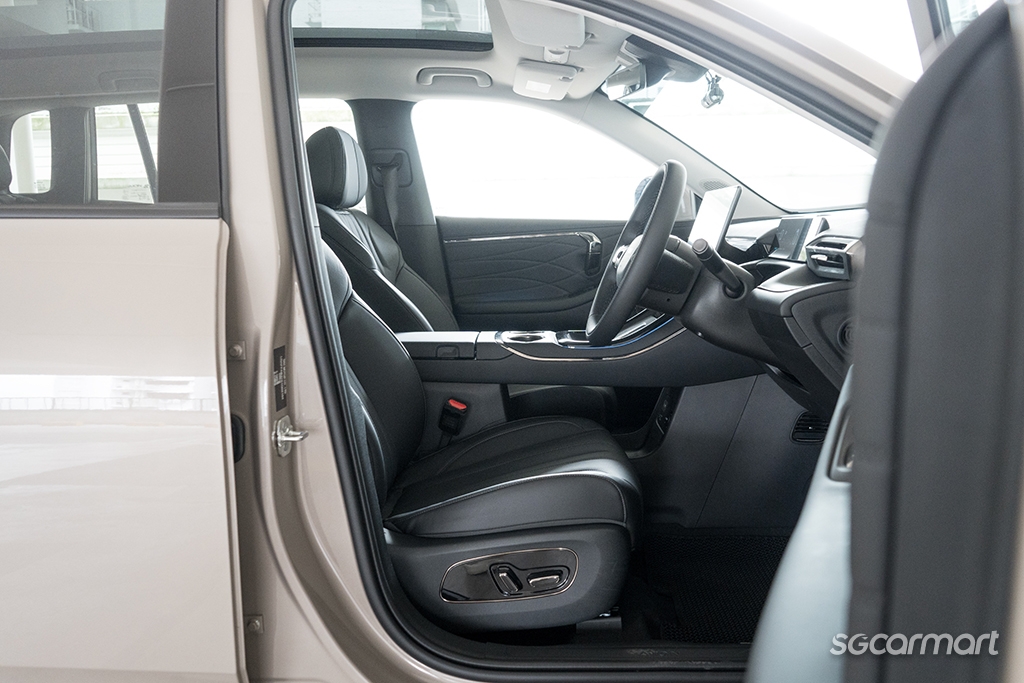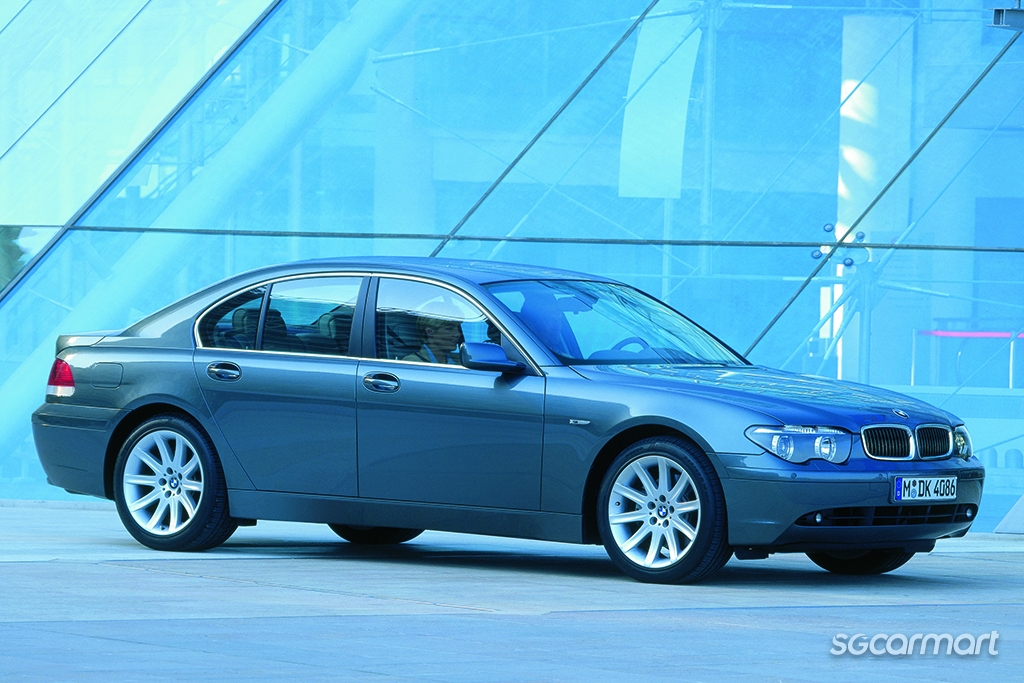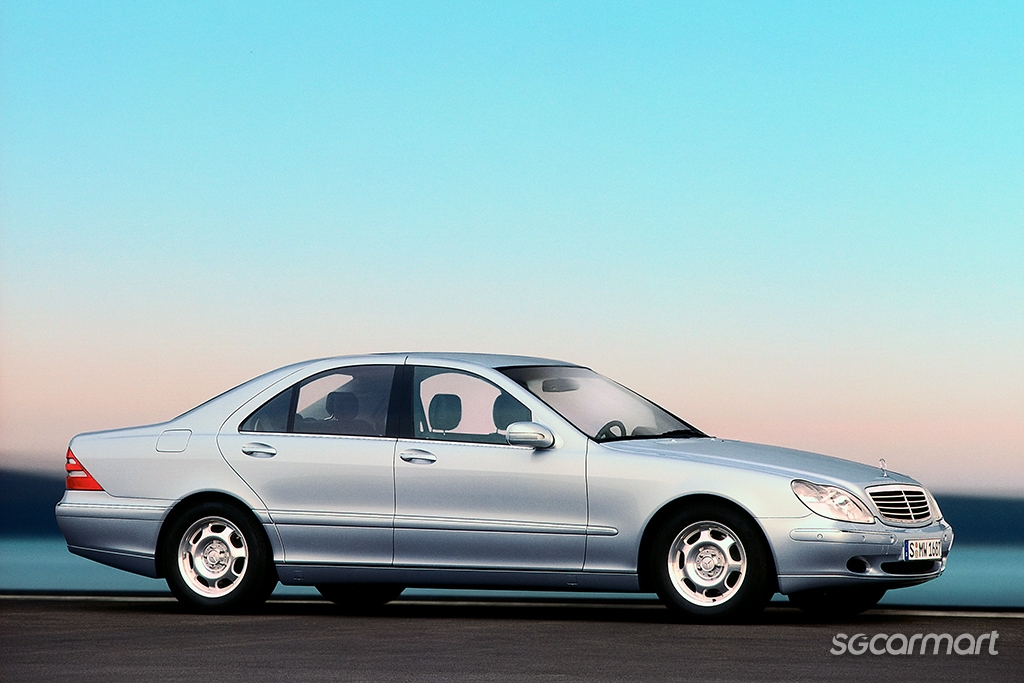New cars are safer: Opt for one when you can
12 Sep 2025|6,569 views
Recently, my group chats were all buzzing with a video of a scary accident - a white sedan swerved right into the oncoming lane, and swiftly crashes into an oncoming truck. I've quickly identified the car as one of the most affordable EVs you can get today - the Aion ES.
But what crossed my mind was that it looks nasty, and potentially fatal. To my relief, both occupants survived. And that got me thinking: New cars really are incredibly safe. I believe there's little chance of survival if the car was an early 2000s entry-level sedan. So, I've decided to do some research to ascertain what I've thought - are new cars safer?
The Aion ES incident reminded me of another recent accident in Malaysia, where a 1990s Honda Civic collided head-on with a truck - the latter was fatal and the car drastically damaged
Structural improvements in newer cars
The first thing that popped up was about the rigidity of newer cars. Safety regulations are updated on a regular basis. In order to get better results from the tests that various vehicle safety organisations (such as Euro NCAP) do, car manufacturers have to engineer and build stronger, safer cars.
One such example is the use of high strength steel and ultra-high strength steel in the construction of a car's monocoque body. A modern car's body structure is constructed with a mix of steel with varying levels of strength - the front crash structure is usually built to be strong, but also able to crumple and absorb the forces in an accident. Meanwhile, the passenger cabin area is typically reinforced with ultra-high strength steel to protect the passengers within the car.
While the use of stronger metal when crafting cars has been the case since the 1990s, car manufacturers are perpetually researching and sourcing even stronger materials to improve safety. As a result, newer cars are often stronger than much older ones.
Active Driver Assist Systems
Many modern cars these days are built with driver assistance systems that will improve safety - features such as Auto Emergency Braking, Blind Spot Monitoring, Lane-Departure Warning, Lane-Keeping Assist, Lane-Centering Assist, Cross Traffic Alert, and many more, all help to keep drivers safer on the roads.
Features such as Forward Collision Warning, Automatic Emergency Braking and Adaptive Cruise Control make driving safer and more comfortable
In fact, since 2020, Euro NCAP has been considering driver-assist technology when grading the safety of cars. This shows the importance and effectiveness of these systems when it comes to the safety of drivers and passengers.
Of course, in the case of the Aion ES' head-on collision with the truck, there's likely not much that these assist systems can help - the incident was clearly the result of a drastic driver error.
Passive safety systems
Safety systems and equipment that seem to be standard fare these days actually used to be less common. Until the early 2000s, there were still cars that were equipped with only a single airbag - my own 2006 Mitsubishi Lancer is one such example.
Apart from the stronger structure and driving assistance systems, modern cars, even the budget-oriented ones, tend to be equipped with features such as airbags, well-designed seatbelts, crumple zones and a reinforced passenger compartment.
Entry-level cars like the Opel Mokka-e and the Yaris Cross manages four and five-star Euro NCAP ratings respectively - you don't have to spend top dollar to get a safe new car
To put it into perspective, a car like the Opel Mokka-e, which costs $149,500, is equipped with eight airbags, and its petrol counterpart has also achieved a four-star Euro NCAP rating (The Mokka-e has not been tested). The Toyota Yaris Cross, a crossover that you can get from $161,000 from parallel importers, manages a five-star Euro NCAP rating and is equipped with six airbags.
The Aion V, yet another value champion, manages a five-star Euro NCAP rating, and comes with a full suite of driver assistance systems
Spend a little more for an Aion V, which costs $167,988, and you'll get seven airbags, a five-star Euro NCAP rating (faring particularly well in adult and child occupant protection), along with a full suite of driver assistance systems. There isn't any crash test information on the Aion ES involved in the incident, but it is equipped with two airbags, and the fact that the occupants made it out alive shows how far vehicle safety has come along.
Ultimately, it doesn't take a top-of-the-line, premium car to achieve four and five-star Euro NCAP ratings - this shows that newer cars, even the more budget-oriented ones, can be safe.
Safety features are now cheaper to implement
While many engineering techniques and equipment aren't necessarily new, they used to be found only in expensive, upmarket cars. However, as the industry matures, it has become more affordable to implement features that will improve the safety of a car.
In the early 2000s, you'll have to shell out top dollar if you wanted a car with adaptive cruise control, multiple airbags and a slew of safety features
Features such as side curtain airbags, stability and traction control, blind spot warning, forward collision warning with automatic emergency braking and adaptive cruise control, used to be found mainly on flagship offerings such as the BMW 7 Series or the Mercedes-Benz S Class. But these days, they can be found on much more affordable EVs such as the Aion V. As a result, the affordable car you buy today can very well be as safe as a premium car from the early 2000s.
In this case, even though the Aion ES is a budget-oriented electric car, it was able to keep the occupants safe despite the devastating head-on collision with the truck. I would imagine the result to be far worse if the car was a much older model. Hence, it makes a lot of sense to opt for a newer car when you are presented with the choice.
Instead of renewing the COE for your ageing car, maybe you could consider trading it in for a newer model?
Recently, my group chats were all buzzing with a video of a scary accident - a white sedan swerved right into the oncoming lane, and swiftly crashes into an oncoming truck. I've quickly identified the car as one of the most affordable EVs you can get today - the Aion ES.
But what crossed my mind was that it looks nasty, and potentially fatal. To my relief, both occupants survived. And that got me thinking: New cars really are incredibly safe. I believe there's little chance of survival if the car was an early 2000s entry-level sedan. So, I've decided to do some research to ascertain what I've thought - are new cars safer?
The Aion ES incident reminded me of another recent accident in Malaysia, where a 1990s Honda Civic collided head-on with a truck - the latter was fatal and the car drastically damaged
Structural improvements in newer cars
The first thing that popped up was about the rigidity of newer cars. Safety regulations are updated on a regular basis. In order to get better results from the tests that various vehicle safety organisations (such as Euro NCAP) do, car manufacturers have to engineer and build stronger, safer cars.
One such example is the use of high strength steel and ultra-high strength steel in the construction of a car's monocoque body. A modern car's body structure is constructed with a mix of steel with varying levels of strength - the front crash structure is usually built to be strong, but also able to crumple and absorb the forces in an accident. Meanwhile, the passenger cabin area is typically reinforced with ultra-high strength steel to protect the passengers within the car.
While the use of stronger metal when crafting cars has been the case since the 1990s, car manufacturers are perpetually researching and sourcing even stronger materials to improve safety. As a result, newer cars are often stronger than much older ones.
Active Driver Assist Systems
Many modern cars these days are built with driver assistance systems that will improve safety - features such as Auto Emergency Braking, Blind Spot Monitoring, Lane-Departure Warning, Lane-Keeping Assist, Lane-Centering Assist, Cross Traffic Alert, and many more, all help to keep drivers safer on the roads.
Features such as Forward Collision Warning, Automatic Emergency Braking and Adaptive Cruise Control make driving safer and more comfortable
In fact, since 2020, Euro NCAP has been considering driver-assist technology when grading the safety of cars. This shows the importance and effectiveness of these systems when it comes to the safety of drivers and passengers.
Of course, in the case of the Aion ES' head-on collision with the truck, there's likely not much that these assist systems can help - the incident was clearly the result of a drastic driver error.
Passive safety systems
Safety systems and equipment that seem to be standard fare these days actually used to be less common. Until the early 2000s, there were still cars that were equipped with only a single airbag - my own 2006 Mitsubishi Lancer is one such example.
Apart from the stronger structure and driving assistance systems, modern cars, even the budget-oriented ones, tend to be equipped with features such as airbags, well-designed seatbelts, crumple zones and a reinforced passenger compartment.
Entry-level cars like the Opel Mokka-e and the Yaris Cross manages four and five-star Euro NCAP ratings respectively - you don't have to spend top dollar to get a safe new car
To put it into perspective, a car like the Opel Mokka-e, which costs $149,500, is equipped with eight airbags, and its petrol counterpart has also achieved a four-star Euro NCAP rating (The Mokka-e has not been tested). The Toyota Yaris Cross, a crossover that you can get from $161,000 from parallel importers, manages a five-star Euro NCAP rating and is equipped with six airbags.
The Aion V, yet another value champion, manages a five-star Euro NCAP rating, and comes with a full suite of driver assistance systems
Spend a little more for an Aion V, which costs $167,988, and you'll get seven airbags, a five-star Euro NCAP rating (faring particularly well in adult and child occupant protection), along with a full suite of driver assistance systems. There isn't any crash test information on the Aion ES involved in the incident, but it is equipped with two airbags, and the fact that the occupants made it out alive shows how far vehicle safety has come along.
Ultimately, it doesn't take a top-of-the-line, premium car to achieve four and five-star Euro NCAP ratings - this shows that newer cars, even the more budget-oriented ones, can be safe.
Safety features are now cheaper to implement
While many engineering techniques and equipment aren't necessarily new, they used to be found only in expensive, upmarket cars. However, as the industry matures, it has become more affordable to implement features that will improve the safety of a car.
In the early 2000s, you'll have to shell out top dollar if you wanted a car with adaptive cruise control, multiple airbags and a slew of safety features
Features such as side curtain airbags, stability and traction control, blind spot warning, forward collision warning with automatic emergency braking and adaptive cruise control, used to be found mainly on flagship offerings such as the BMW 7 Series or the Mercedes-Benz S Class. But these days, they can be found on much more affordable EVs such as the Aion V. As a result, the affordable car you buy today can very well be as safe as a premium car from the early 2000s.
In this case, even though the Aion ES is a budget-oriented electric car, it was able to keep the occupants safe despite the devastating head-on collision with the truck. I would imagine the result to be far worse if the car was a much older model. Hence, it makes a lot of sense to opt for a newer car when you are presented with the choice.
Instead of renewing the COE for your ageing car, maybe you could consider trading it in for a newer model?
















